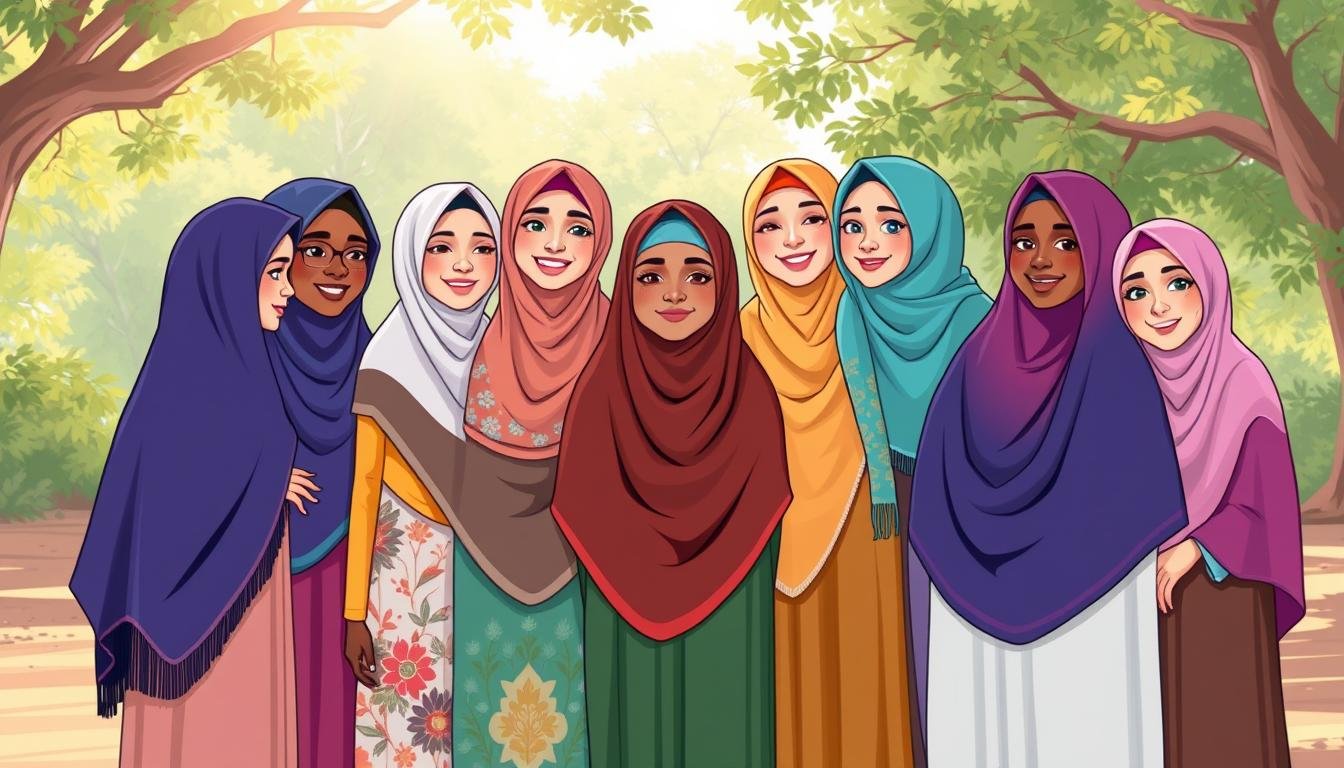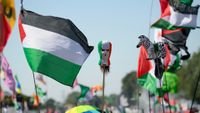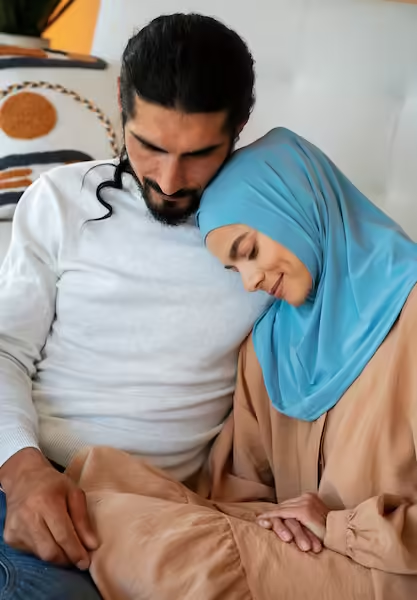Is it okay for non-Muslims to wear hijab? Or does it cross the line between respect and disrespect? This question makes us think about the hijab’s cultural and religious meaning. Hijab is a symbol of modesty and privacy in Islam. But, non-Muslims might wear it for different reasons, like respect or fashion.
Many Muslims support non-Muslims wearing hijab, with 67% having positive views. Also, 79% think it’s not offensive, showing a wish for respect and unity. Yet, wearing hijab as a non-Muslim comes with its own set of challenges and rules.
The Meaning of Hijab in Islam
The term hijab means more than just a “barrier” or “partition” in Arabic. It’s about following ethical guidelines of modesty in Islam. It shapes how Muslims behave and look.
The meaning of hijab is tied to self-respect and piety. It’s important to understand the hijab’s role in a Muslim woman’s life.
Wearing the hijab in Islam shows a person’s commitment to Islamic beliefs. It’s a way for Muslim women to show their faith. The hijab is not just about covering the head; it’s about modesty and belonging.
Some see hijab as just cultural wear. But it’s so much more. It’s about showing spirituality and identity through faith. Knowing this helps us see the importance of head coverings in different cultures.
Historical Context of Head Coverings
Head coverings have a long history in many cultures and religions. They show how important these traditions are worldwide. In Judeo-Christian customs, they symbolize modesty and status.
Images of the Virgin Mary often show her wearing a head covering. This shows the tradition’s roots go beyond Islam.
Head coverings mean different things in different places. They show a community’s values and history. From ancient Rome to Eastern Europe, each place has its own style and meaning.
The hijab in Islam is often talked about today. But head coverings were used before Islam started. This shows they have a long history.
Understanding head coverings, like the hijab, is important today. Politics and society have shaped how we see them. They have become symbols of resistance and have changed over time.
Does Wearing Hijab Offend Muslims?
Many wonder if wearing the hijab offends Muslims, as more people from other faiths try it. Views on this topic vary. Some see it as a way to connect with different faiths, showing respect and curiosity. But, not all reactions are positive.
Some Muslims feel that wearing the hijab by non-Muslims lessens its meaning. 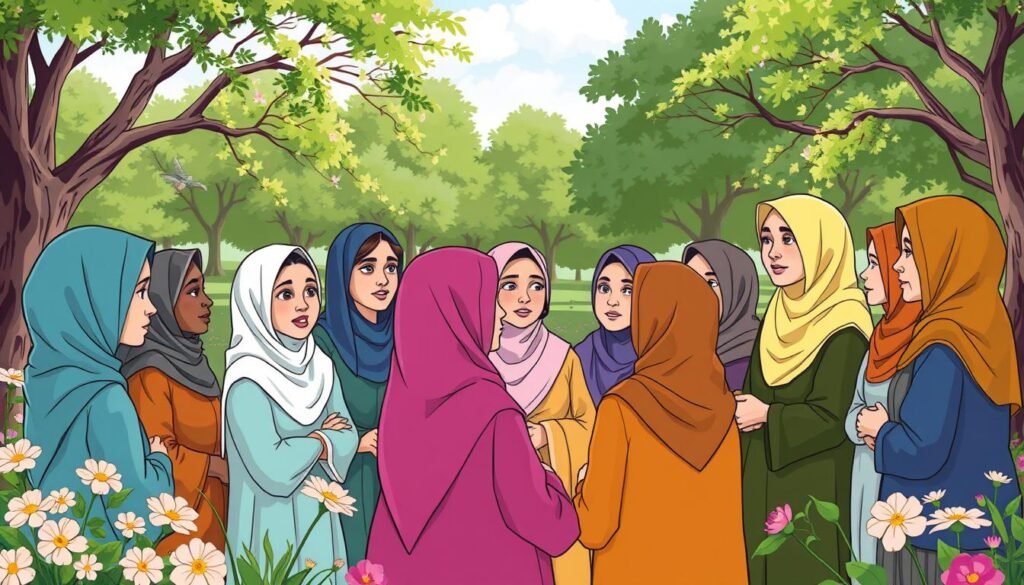 Scholars in the Muslim world also have different opinions. Some think it’s okay if done with true respect. Others believe it’s important to understand the hijab’s spiritual meaning.
Scholars in the Muslim world also have different opinions. Some think it’s okay if done with true respect. Others believe it’s important to understand the hijab’s spiritual meaning.
Non-Muslims who wear the hijab face challenges. They might face misunderstandings, being seen as tokens, and worries about following Islamic laws. Talking openly and understanding each other’s perspectives is key. This helps in building respect between different faiths.
Perspectives from Muslim Women
Many Muslim women have different views on hijab. They see non-Muslim support as a way to understand and respect their culture. This is often shared on social media, where women are happy when others wear hijab as a sign of unity.
Support for Non-Muslims Wearing Hijab
When a non-Muslim wears hijab, it shows they value shared beliefs. It’s a sign of respect for Islamic identity. This act can start important talks about modesty and faith.
Celebrating when non-Muslims wear hijab helps break stereotypes. It makes our cultures richer by talking more together.
Concerns from Muslim Communities
Some Muslim women worry about the meaning behind non-Muslim support. They want to make sure it’s not just a trend. They fear it could lessen the hijab’s true value.
It’s key to understand the context of wearing hijab. This ensures respect for its cultural and religious meaning. It keeps the hijab’s significance intact.
Can Non Muslim Wear Hijab?
Many people have mixed feelings about non-Muslims wearing hijab. In the United States, where Muslims are a minority, this topic is often debated. Some see it as a way to show respect for Muslim traditions.
They believe it helps to understand and connect with different cultures. This can bring people together, even if they come from different backgrounds.
In strict Muslim countries, non-Muslim women might need to cover their heads. This shows how hijab is seen differently in different places. A woman from California learned this the hard way when she faced anger for wearing a headscarf.
World Hijab Day encourages non-Muslims to learn about hijab. People show their respect by participating in this event. But, they also face different opinions, from admiration to accusations of cultural theft.
It’s important for people to talk openly about these issues. This helps to build respect and understanding among different groups. It shows how hijab is more than just a piece of cloth; it’s a symbol of culture and faith.
The Symbolism of Hijab Beyond Religion
The symbolism of hijab goes beyond its religious meaning. It shows a deep commitment to modesty and dignity. This is true across many cultures. It’s not just a religious item but also a way for women to show who they are.
Many women, even in Western countries, wear headscarves to express themselves. They also connect with the cultural significance of hijab. This helps promote respect and understanding.
World Hijab Day, started in 2013 by Nazma Khan, is a great example. It lets both Muslim and non-Muslim women try wearing a headscarf. This helps people understand the hijab’s role in modesty and personal choice.
By wearing hijabs, women also stand against beauty standards that ask for too much. They see their hijab as a way to avoid unwanted attention. It gives them a sense of safety and security.
Women who wear hijabs see it as a way to show their faith and values. They feel protected in a world filled with cultural biases. This shows how hijab can break down stereotypes and build respect.
For more on the hijab, check out cultural discussions about it. They offer deeper insights into its meaning.

World Hijab Day: An Opportunity for Non-Muslims
World Hijab Day is on February 1st. It’s a chance for non-Muslims to talk and learn about Muslim women’s challenges. By wearing a hijab, people from different backgrounds show solidarity with Muslims. They also learn about the daily life of many Muslim women.
Many women who wear the hijab face discrimination. Yet, 87% of Muslim women are proud of their faith. This shows why it’s key for non-Muslims to see these realities, fostering understanding and empathy.
Joining World Hijab Day can start important talks. It helps clear up wrong ideas about the hijab. By doing this, non-Muslims help educate others about faith and identity.
Cultural Appropriation vs. Cultural Appreciation
Hijab discussions often bring up the tricky topics of cultural appropriation and appreciation. Cultural appropriation happens when a group with more power takes things from a group with less power without understanding their importance. This can show a history of being treated unfairly.
When groups with less power show their culture, they might be laughed at. But when others take it, it becomes trendy. This shows a big difference in how we view culture.
Cultural appreciation is about truly getting a culture and its traditions. It means learning about the history behind things like wearing the hijab. It’s about understanding the reasons and respect behind it.
When someone not from a Muslim background wants to wear a hijab, they should think deeply. They should ask themselves why they want to do it and if it’s respectful. This helps them understand the culture better.
True cultural appreciation can come from being invited into a culture. But, getting approval from one person doesn’t mean everyone will agree. This shows how complex cultural interactions can be.
Talking about cultural appropriation and appreciation is very important when we discuss the hijab. It’s not just about fashion; it’s about identity and faith.
Head Coverings Across Different Religions
Head coverings are key in many religions. They show deep spiritual and cultural values. They mean more than just fashion, showing devotion, community, and identity.
Judaism
In Judaism, men wear kippahs and women wear sheitels or tichels. These show respect and modesty. They connect people to their faith and community.
Christianity
Christian views on head coverings vary. Women once wore veils in church, showing respect. In Eastern Orthodoxy, nuns wear epanokamelavkion, showing their dedication to God.
Hinduism
In Hinduism, head coverings are important. Married women wear their sari pallu over their heads. This shows their respect in family and community. Men and women cover their heads in ceremonies, showing modesty.
Buddhism
Buddhism sees less use of head coverings. Yet, some female monks wear veils for humility. This shows the value of modesty and peace in Buddhism.
Navigating the Social Reactions
The social reactions to hijab are varied and deep. When we talk about wearing hijab, we see both admiration and skepticism. This shows the complex social dynamics of hijab in our communities.
For many non-Muslims who wear hijab, they face both support and backlash. Friends who are open-minded may encourage them. But, others who don’t understand may react negatively. This mix shows how hard it is to accept and understand cultural practices.
A study by the American Civil Liberties Union found a big increase in discrimination against Muslim women in hijab after 9/11. A Cambridge University Press study also showed that women who wear hijab face more harassment. This shows why we need to talk about hijab with empathy, affecting both Muslims and non-Muslims.
Non-Muslims who wear hijab face many challenges and misunderstandings. People’s reactions can change a lot based on their culture and views. Some see it as a sign of respect, while others worry about cultural appropriation.
Muslim scholars also have different opinions on this topic. Their views add more depth to the conversation.
Education is key to understanding hijab better. Talking across faiths can help us be more inclusive. For me, working with the World Hijab Day Organization is about creating a supportive space for hijab wearers. It celebrates our shared humanity and cultural importance, leading to important talks about identity and respect.
Personal Experiences of Non-Muslims Wearing Hijab
In recent years, stories from non-Muslims wearing hijab have come to light. They show the complex feelings and reasons behind this choice. Women from different backgrounds, like Christians, have joined the World Hijab Day’s 30-day Ramadan hijab challenge. They do this to show support for Muslim women.
This effort aims to deepen our understanding of hijab. It lets people have important talks about its meaning.
Non-Muslims who wear hijab often share life-changing moments. For example, Pamela Zafred from Brazil and Kayla Hajji from the USA talk about how it changed their views. They became more aware of the struggles Muslim women face.
Grace Lloyd, an 11-year-old Christian in Doha, is a great example. She wears the hijab for Ramadan to support her friends.
But, not all stories are positive. Muslim voices, like Sainabou Hydara and Hannah Abdule, have doubts. They say we should really listen to Muslim women’s stories. They stress the importance of understanding the true meaning of hijab.
Even though many communities appreciate hijab, we must be careful. We should respect its religious importance and the different views on it.
FAQ
Can non-Muslims wear hijab?
What is the meaning of hijab in Islam?
What is the historical context of head coverings?
Does wearing hijab offend Muslims?
What are the perspectives from Muslim women on non-Muslims wearing hijab?
Is it appropriate for non-Muslims to wear hijab?
What is the symbolism of hijab beyond religion?
What is World Hijab Day about?
How do cultural appropriation and cultural appreciation differ in relation to hijab?
What are the significance of head coverings in different religions?
What social reactions can occur when non-Muslims wear hijab?
What personal experiences do non-Muslims have when wearing hijab?
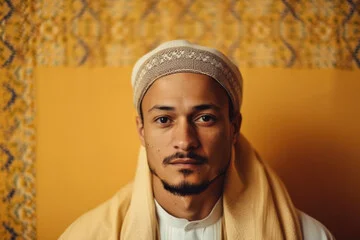
Embracing Faith, One Insight at a Time!
The teachings of the Quran have always guided my path. With a deep passion for Islamic knowledge, I strive to blend the wisdom of tradition with the relevance of today, making the timeless messages of Islam accessible and meaningful for everyone.
Muslim Culture Hub is my platform to share historical insights and thought-provoking articles, exploring both well-known and lesser-discussed aspects of Islamic culture and beliefs. My mission is to create an inclusive online space where everyone can learn, strengthen their faith, and connect with the profound message of Islam.
Join the journey!
May peace be upon you.

